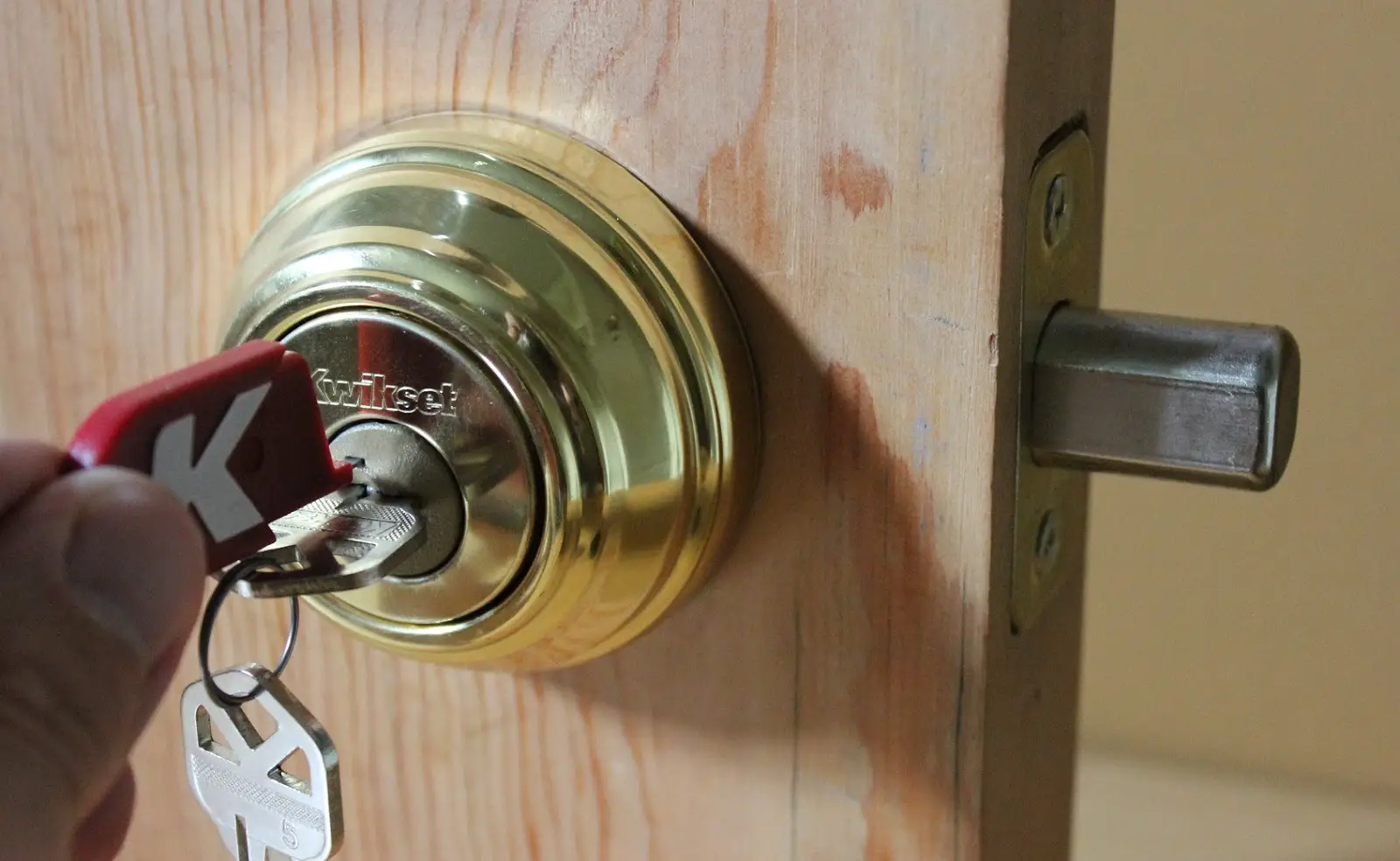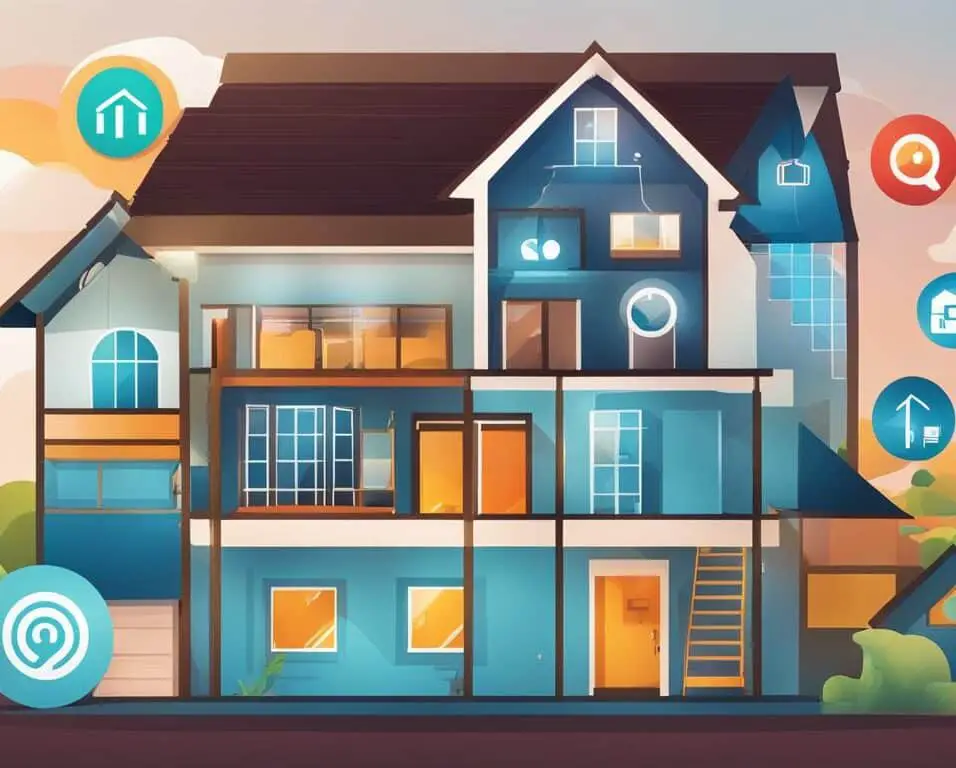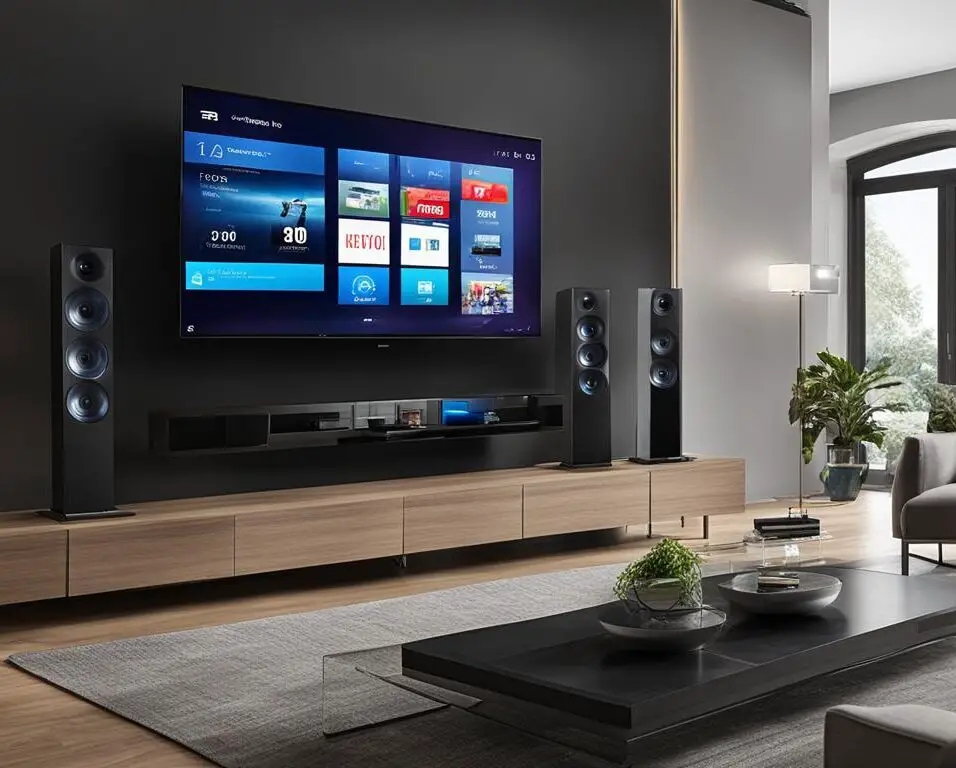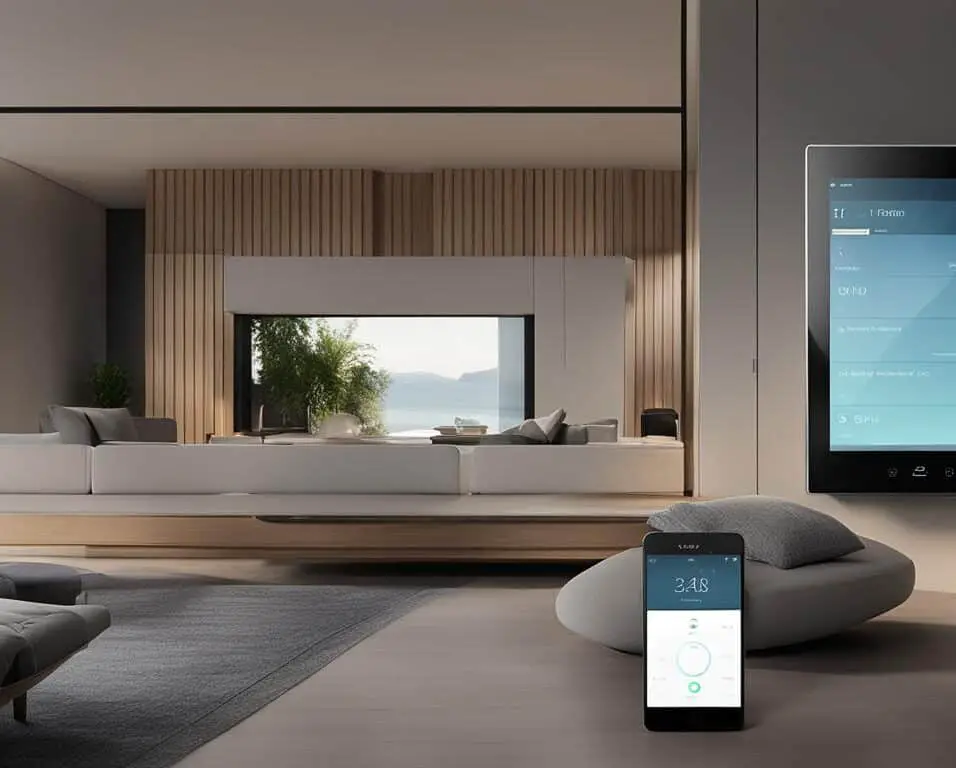How Do Smart Locks Get Power
Introduction
How Do Smart Locks Get Power: Smart locks have revolutionized the way we secure our homes and businesses. These innovative devices provide convenience, enhanced security, and peace of mind to homeowners and property managers. In this article, we will explore the different ways smart locks get power and how they operate to provide a seamless and secure access control solution.
Smart locks are internet-connected and operated by smartphones or other smart devices. Users can lock and unlock their doors remotely, receive real-time notifications, and provide guests or service providers temporary access. Smart locks need reliable power to enable these functions.
One common method of powering smart locks is through batteries. Most smart blocks walls on the market today are battery-operated, making them easy to install and maintain. These locks typically use standard AA or AAA batteries, which can last for several months or even up to a year, depending on usage. The advantage of battery-powered smart locks is that they continue to function even during power outages, ensuring uninterrupted access to your property.
Hardwiring smart locks into the building’s electrical system is another option
Professionals install hardwired smart locks that connect to the building’s power. This eliminates batteries and powers the lock continuously. However, it may require more wiring and installation, making it less popular for household use.
Some smart locks also offer a hybrid power solution, combining both battery and hardwired options. These locks use batteries as a backup power source in case of electrical failures or outages. This dual-power capability provides an added layer of reliability and ensures that the lock remains operational even in challenging situations.
Smart locks are powered by batteries, hardwiring, or both. Power sources enable smart locks’ enhanced features and functions, making them handy and secure access control solutions. Smart locks, whether battery-operated or hardwired, provide homeowners and property managers with unsurpassed convenience and peace of mind.
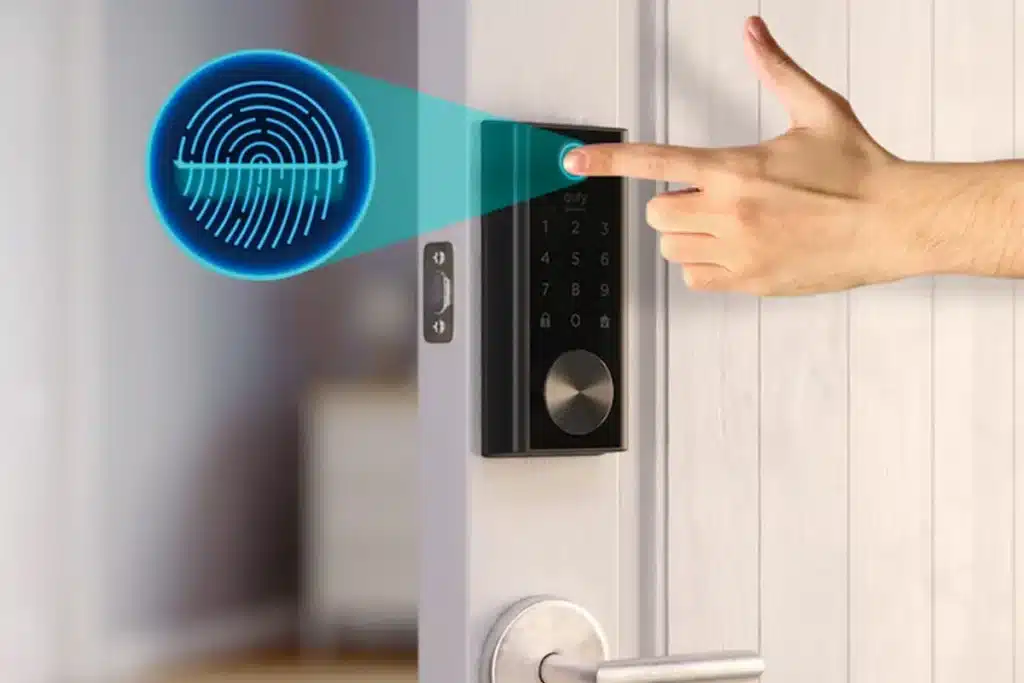
Do smart locks require electricity?
Smart locks have become increasingly popular in recent years as a convenient and secure way to protect homes and businesses. These advanced locks offer a range of features that traditional locks cannot match, such as remote access, keyless entry, and integration with smart home systems. However, one common question that arises when considering smart locks is whether they require electricity to function.
Yes, smart locks do require electricity to operate. Unlike traditional locks that rely solely on mechanical components, smart locks incorporate electronic components that require power to function. This power can be supplied through various means, including batteries, hardwiring, or a combination of both.
Battery-powered smart locks are a popular choice for many homeowners due to their ease of installation and flexibility. These locks typically use standard batteries, such as AA or AAA, which can last for several months or even years depending on usage.
Commercial and high-end residential buildings use these locks, which require professional installation. Hardwired smart locks offer the advantage of a constant power supply, eliminating the need to replace batteries.
Some smart locks combine both battery power and hardwiring. These locks use batteries as a backup power source in case of a power outage or when the hardwired power supply is unavailable. This dual power option ensures that the lock remains functional even in unexpected situations.
Do smart locks run out of battery?
Smart locks have gained popularity in recent years as a convenient and secure way to protect our homes and properties. These advanced locks offer a range of features, including keyless entry, remote access, and integration with smart home systems. However, one common concern that arises when considering smart locks is their battery life. Users often wonder if smart locks run out of battery and what happens when they do.
Battery Life and Management:
Smart locks are powered by batteries, typically AA or AAA, which provide the necessary energy to operate the lock’s electronic components. The battery life of a smart lock can vary depending on several factors, such as the brand, model, usage frequency, and the type of batteries used. On average, most smart locks can last anywhere from six months to two years before requiring a battery replacement.
Manufacturers of smart locks understand the importance of battery life and have implemented various features to help users manage and monitor their lock’s power. Many smart locks come with a low battery indicator, which alerts users when the battery level is running low. This feature ensures that homeowners have ample time to replace the batteries before they completely drain.
Backup Power Options:
In the event that the batteries of a smart lock do run out, homeowners need not worry about being locked out of their own homes. Most smart locks offer backup power options to ensure continuous operation even when the batteries are dead. These options may include a physical key override, which allows users to unlock the door using a traditional key, or an external power source, such as a 9V battery, that can be temporarily connected to the lock to power it up.
Additionally, some smart locks are designed to conserve battery life by implementing power-saving features. These features may include auto-locking mechanisms that automatically lock the door after a certain period of time or proximity sensors that detect when a user is approaching the door and activate the lock accordingly. By minimizing unnecessary power consumption, these smart locks can extend their battery life and reduce the frequency of battery replacements.
How do smart locks work when power is out?
Smart locks have revolutionized the way we secure our homes and properties. These advanced devices offer convenience, enhanced security, and remote access control. However, a common concern among homeowners is how smart locks function when the power is out. In this article, we will explore the working mechanism of smart locks during power outages and the measures taken to ensure uninterrupted operation.
Power Backup Systems:
Smart locks are designed to be highly reliable, even in the absence of electricity. To overcome power outages, most smart locks are equipped with power backup systems. These systems typically include built-in batteries or alternative power sources, such as solar panels or kinetic energy harvesting. These backup systems ensure that the smart lock remains operational during power disruptions, allowing users to access their homes or properties.
Battery-Powered Smart Locks:
One common approach to ensuring uninterrupted operation during power outages is the use of battery-powered smart locks. These locks are equipped with rechargeable batteries that can last for several months or even years, depending on usage. When the power goes out, the smart lock automatically switches to battery power, allowing users to continue using their smartphones, key fobs, or access codes to unlock or lock their doors.
Alternative Power Sources:
In addition to battery-powered systems, some smart locks utilize alternative power sources to maintain functionality during power outages. For instance, certain models incorporate solar panels that harness sunlight to generate electricity. This renewable energy source ensures that the smart lock remains powered even when the grid is down. Similarly, other smart locks may employ kinetic energy harvesting, which converts the motion of the door’s opening and closing into electrical energy to sustain the lock’s operation.
How are smart locks charged?
Smart locks are a modern and convenient solution for securing homes and businesses. These innovative devices offer a range of features that enhance security and provide ease of access. One common question that arises when considering smart locks is how they are charged. In this article, we will explore the various methods of charging smart locks and discuss their advantages and disadvantages.
There are several ways in which smart locks can be charged:
1. Battery-powered:
Many smart locks are powered by batteries, typically AA or AAA. These batteries can last for several months or even years, depending on the lock’s usage and the quality of the batteries. Battery-powered smart locks are easy to install and maintain, as they do not require any additional wiring. However, it is essential to keep track of the battery life and replace them when needed to ensure uninterrupted operation.
2. Hardwired:
Some smart locks can be hardwired directly into the electrical system of a building. These locks are typically installed by a professional electrician and require a power source, such as an electrical outlet or a wired connection. Hardwired smart locks eliminate the need for battery replacements and ensure continuous power supply. However, they may be more expensive to install and may not be suitable for all types of doors or buildings.
3. Solar-powered:
Another eco-friendly option for charging smart locks is solar power. Solar-powered smart locks have a built-in solar panel that converts sunlight into electricity, which is used to charge the lock’s battery. These locks are ideal for outdoor applications where direct sunlight is available. However, they may not be as reliable in areas with limited sunlight or during cloudy days.
4. Hybrid:
Some smart locks combine multiple charging methods to provide a reliable and flexible power source. Battery-powered locks may also have hardwired backups. This hybrid solution keeps the lock working even if the batteries die or the electricity goes out. Hybrid smart locks offer the best of both worlds, but they may be more expensive and complex to install.
Smart locks can be charged using various methods, including battery-powered, hardwired, solar-powered, or a combination of these. The choice of charging method depends on factors such as convenience, cost, and the specific requirements of the installation location. Battery-powered locks are easy to install and maintain but require regular battery replacements. Hardwired locks provide continuous power but may be more expensive to install. Solar-powered locks are eco-friendly but rely on sunlight availability. Hybrid locks offer flexibility but may be more complex and costly. Ultimately, the charging method should be chosen based on the individual needs and preferences of the user.
What happens if smart lock battery dies?
A smart lock is a modern security device that allows users to lock and unlock their doors using their smartphones or other authorized devices. It offers convenience and enhanced security features compared to traditional locks. However, like any electronic device, a smart lock is powered by a battery, and there may be instances when the battery dies. In this article, we will explore what happens if a smart lock battery dies and how to handle such situations.
Impact on Lock Functionality:
When a smart lock battery dies, the lock will lose its ability to communicate with the authorized devices. This means that you won’t be able to unlock or lock the door remotely using your smartphone or other connected devices. However, it’s important to note that most smart locks come with a backup mechanical key option, allowing you to manually unlock the door in case of a dead battery.
Notification and Warning Systems:
Smart locks often notify customers of limited battery life. It is crucial to pay attention to these warnings and replace the battery promptly to avoid any inconvenience or security risks.
Battery Replacement:
Replacing the battery in a smart lock is usually a straightforward process. You can change the battery in most smart locks without professional help because the battery compartment is easily accessible. To replace batteries quickly, keep spares on hand.
Preventive Measures:
To avoid the hassle of dealing with a dead smart lock battery, it is advisable to establish a routine for checking the battery status regularly. This way, you can proactively replace the battery before it dies completely. Additionally, some smart locks offer features like low-battery alerts and battery life indicators, which can help you stay informed about the battery’s condition.
Smart locks can obtain power through various methods, providing flexibility and convenience for users.Battery power requires replacing or recharging the lock’s batteries.This option is popular since it eliminates complex wiring and simplifies installation. Similar like traditional locks, certain smart locks can be powered directly by an electrical outlet.
Another method is through the use of solar power. This eco-friendly option is particularly useful in areas with ample sunlight and reduces the reliance on batteries or electrical outlets.
Each power option for smart locks has its own advantages and considerations. Battery-powered locks offer portability and ease of installation, but require regular maintenance to ensure uninterrupted functionality. Electrically powered locks provide a reliable and constant power source, but may require professional installation and can be affected by power outages. Solar-powered locks offer sustainability and reduced reliance on external power sources, but their effectiveness may vary depending on the availability of sunlight.
How do smart locks utilize power sources to function effectively?
Smart locks utilize power sources in various ways to ensure their effective functioning. The power sources for smart locks can include batteries, electrical wiring, or even solar panels. These power sources provide the necessary energy to operate the lock’s electronic components, such as the motor, sensors, and communication modules.
Batteries are a common power option for smart locks as they offer portability and ease of installation. They can be easily replaced or recharged, ensuring uninterrupted operation. However, it is important to consider the battery life and choose high-quality batteries to avoid frequent replacements.
Electrical wiring is another power source option for smart locks, especially for those installed in new constructions or during renovations. These locks are directly connected to the building’s electrical system, eliminating the need for battery replacements. However, electrical power outages can temporarily disable the lock’s functionality, so it is crucial to have a backup power source or alternative access methods in such situations.
Are there any specific power requirements or limitations for smart locks?
Smart locks have specific power requirements and limitations that need to be considered for their effective functioning. These requirements and limitations vary depending on the type of smart lock and its features.
One important power requirement for smart locks is a stable and reliable power source. Most smart locks use batteries for electricity. It is crucial to use high-quality batteries that can provide a consistent power supply to ensure the smooth functioning of the smart lock. Connecting smart locks to power outlets eliminates battery changes but requires a steady power supply.
Another power limitation for smart locks is their power consumption. Batteries, hardwiring, or both power smart locks. However, certain features of smart locks, such as Wi-Fi connectivity or advanced security mechanisms, may consume more power. It is important to consider these power limitations when choosing a smart lock and ensure that the power source can meet the demands of the lock’s features.
What are the advantages and disadvantages of different power options for smart locks?
When it comes to powering smart locks, there are several options available, each with its own set of advantages and disadvantages. One common power option is battery-powered smart locks. These locks are easy to install and do not require any additional wiring, making them a convenient choice for homeowners. Additionally, battery-powered smart locks often have a long battery life, lasting several months or even years before needing replacement. This ensures that the lock remains functional even during power outages.
However, one disadvantage of battery-powered smart locks is the need for regular battery replacement or recharging. Forgetting to replace the batteries can result in the lock becoming non-functional, potentially leaving your home vulnerable. Additionally, battery-powered locks may not be suitable for high-traffic areas or commercial buildings where frequent battery replacements can be inconvenient and costly.
Electrically driven smart locks are another possibility. These locks use the building’s electrical grid instead of batteries. This eliminates battery replacements and maintains power. Smart locks powered by electricity are more reliable and can be integrated with building security systems.
However, the main disadvantage of electrically powered smart locks is the need for professional installation and wiring. This can be time-consuming and may require the services of an electrician. Additionally, in the event of a power outage, these locks may become non-functional unless they have a backup power source such as a battery or generator.
How does the power source of a smart lock impact its overall security and reliability?
The power source of a smart lock plays a crucial role in determining its overall security and reliability. One of the key factors to consider is the dependence on external power sources such as batteries or electricity. Smart locks that rely solely on batteries can be vulnerable to power outages or battery failures, which can potentially leave the lock inoperable and compromise security. On the other hand, smart locks that are directly connected to the electrical grid may face similar issues during power outages or disruptions.
Another aspect to consider is the potential for hacking or tampering with the power source. An attacker could remove or disable smart lock batteries to gain entry. So, make sure the power source is secure and tamper-proof.
In terms of reliability, the power source should be able to provide a consistent and uninterrupted supply of power to the smart lock. Locks connected to smart home systems need this. A reliable power source ensures that the lock can function effectively at all times, without any interruptions or failures. Additionally, the power source should have a sufficient capacity to support the lock’s power requirements, especially if the lock has additional features such as Wi-Fi connectivity or advanced security mechanisms.
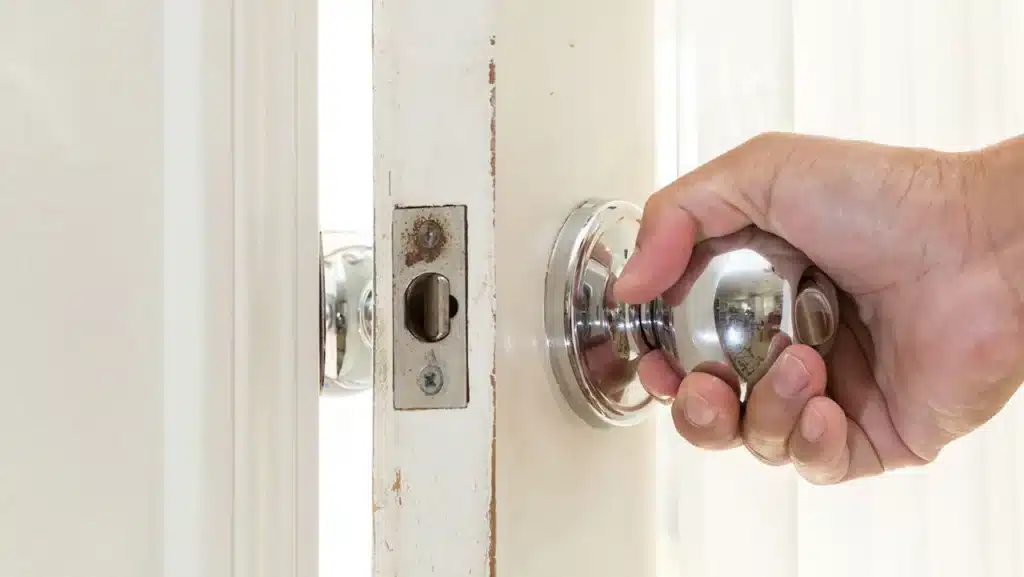
Conclusion
Smart locks are revolutionizing the way we secure our homes and businesses, offering convenience, flexibility, and enhanced security features. One of the most common questions that arise when considering smart locks is how they get their power. Unlike traditional locks that rely on mechanical components, smart locks require a power source to operate their electronic features.
One of the primary methods for powering smart locks is through batteries. Most smart locks on the market today are designed to be battery-operated, typically using standard AA or AAA batteries. This battery-powered approach offers several advantages. Firstly, it eliminates the need for complex wiring or electrical installations, making it a convenient option for both homeowners and renters. Even during power outages, battery-powered smart locks allow access to your property.
Another method for powering smart locks is through hardwiring. Some smart locks use a building’s electrical supply to power themselves. This method eliminates the need for battery replacements and ensures a constant power supply to the lock. However, it requires professional installation and may not be suitable for all situations, especially in older buildings where wiring modifications may be challenging or costly.
Lastly, a few smart lock models offer a hybrid power solution, combining both battery and hardwiring capabilities. We can connect these locks to the electrical system for continuous power and a backup battery for power outages. This hybrid approach provides the best of both worlds, offering convenience and reliability.
Batteries, hardwiring, or both power smart locks. Power source selection depends on ease, installation, and reliability. Smart locks are safe and convenient for modern access control, whether you choose battery-powered or hardwired.



